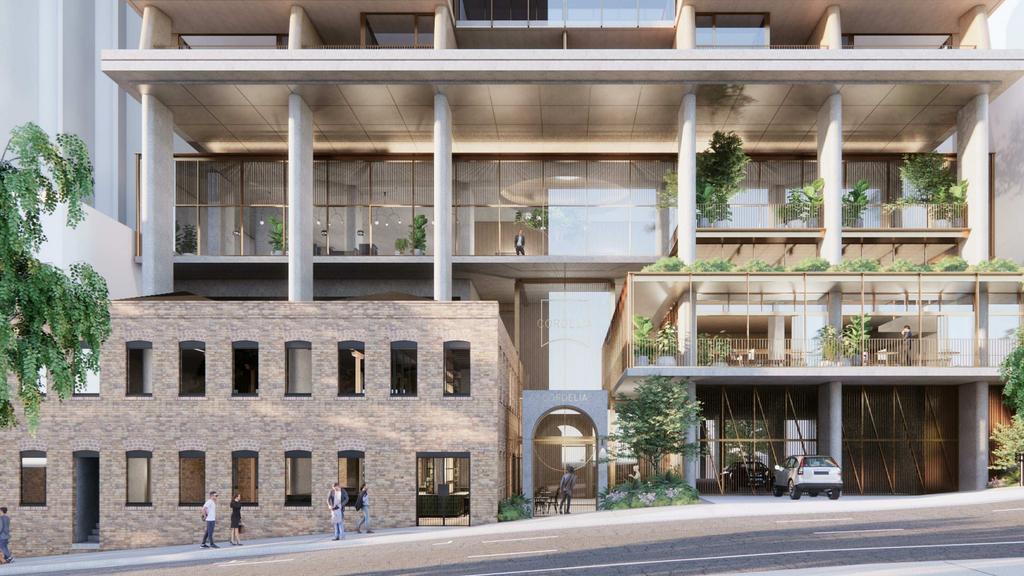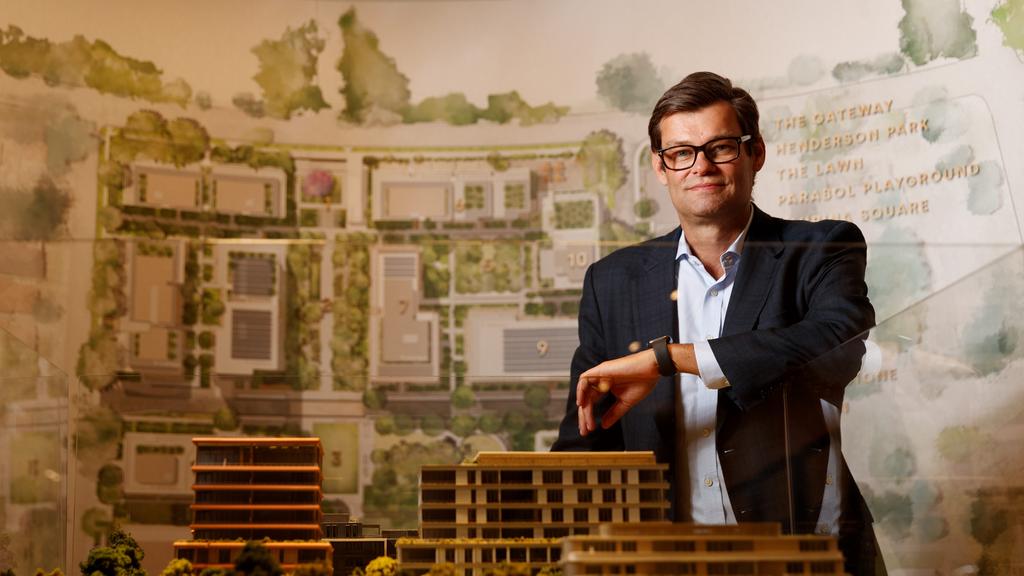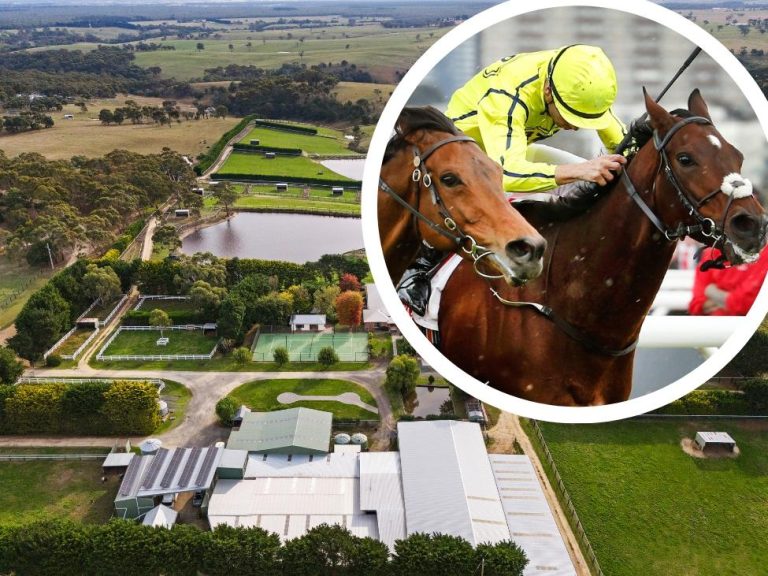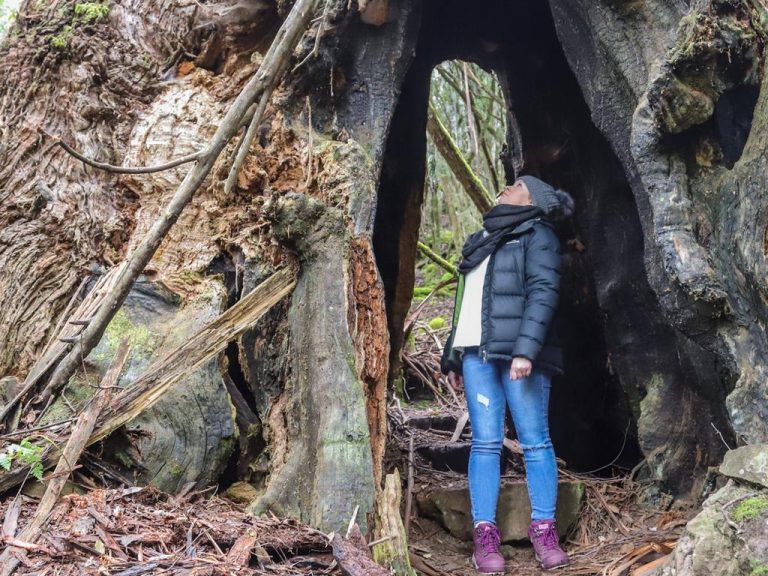Young Australians fine with renting, but nation needs to weigh up alternative housing models

Build to rent is fast becoming a popular option for young Australians unable to get onto the property market. Image: supplied
Property industry leaders say more diverse dwellings need to be built and new policy settings introduced in response to elevated property prices that are making it harder for Australia’s youth to get into the housing market.
The cost of buying a property increased by 70 per cent in some capital cities since the pandemic, pushing many first-home buyers out of the market, while at the same time, interest rates rose from record lows to a 12-year high, and building approvals fell to the lowest level in a decade.
The average first-home buyer is now aged 37 in Sydney, and 36 in Melbourne, as it takes about a decade to save up enough money for a deposit without the help of parents or grandparents.
Industry leaders told the Property Council of Australia’s Property Congress in Townsville that much of the housing stock in Australia was outdated and no longer fit for the purpose of housing a population that was renting for longer.
Mirvac chief executive Campbell Hanan told delegates that Australia needed to start separating the concept of owning a home and the land that it sat on and instead look at concepts such as land leases or manufactured housing that could lower the barriers to ownership.
“The house still creates value, but the land sits with someone else, and we think that over time it will lean into this affordability challenge,” Mr Hanan said.
“This affordability challenge isn’t going away in the short term, because the cost of construction is not is not something that’s going to change in the short term. Unless you see a fundamental shift in the value of land, we’re going to be living in this world of affordability challenges for the foreseeable future.

Mirvac boss Campbell Hanan says alternative housing models are needed. Picture: NCA NewsWire / Nikki Short
He added that build-to-rent, in which the listed developer had numerous projects under way, offered another alternative due to the sheer scale of purpose-built rental accommodation that it could deliver in suburbs that would otherwise be out of reach to those wanting to buy.
“It makes sense for lots of young people who are living near, or want to live near their place of work, but certainly can’t afford to buy there,” Mr Hanan said.
“What we’re seeing in our built-around portfolio is people who are renting close to their place of work and then buying further out. It fills a need and does help to address Australia’s housing crisis.”
However, Australia’s tax structure poses challenges for this sector. Current regulations impose a 30 per cent tax on foreign investment in residential buildings, while other commercial properties like office buildings and shopping centres face a lower tax rate.
Mr Hanan said this inconsistency was limiting foreign investment in the residential rental market at a time when the vacancy rate was below 2 per cent and more supply was therefore crucial.
Built-to-rent developments are purpose-built rental properties, often managed at scale, which offer long-term security and quality housing close to city centres. This model, common in other global cities, appeals particularly to younger Australians who prioritise proximity to work and lifestyle amenities but cannot afford to buy.
ISPT head of property Amanda Steele said many younger Australians no longer saw owning a home as the only pathway to financial stability, and many were happy to rent and invest in other asset classes, such as equities.
“I’m disappointed about the politicisation of home ownership, because it should be a diversity of home options for the wider population,” Ms Steele said.
“We know younger people are happy to rent and like institutional products such as build-to- rent because of the safety that’s provided.
“The limitations of the planning processes and a taxation regime on how we build that, is really the big risk.
“We need to stop the polarisation of ‘you must own a home’ and need to look at locating density …”
Mr Hanan said that the dream of owning a home had not been abandoned by young Australians, and was not out of reach, but the nature of what was considered a home was changing.
He said there was a view that Australia was fast becoming like other major global centres where apartments were considered suitable homes, instead of freestanding dwellings.
“Apartment development for us is an important part, because from the affordability perspective, most apartments trade at almost 50 per cent discounts to a house of the same size and the same location,” he said.
“It’s a compelling proposition for young people who are struggling with affordability.”
The reporter travelled to Townsville as a guest of the Property Council of Australia.







